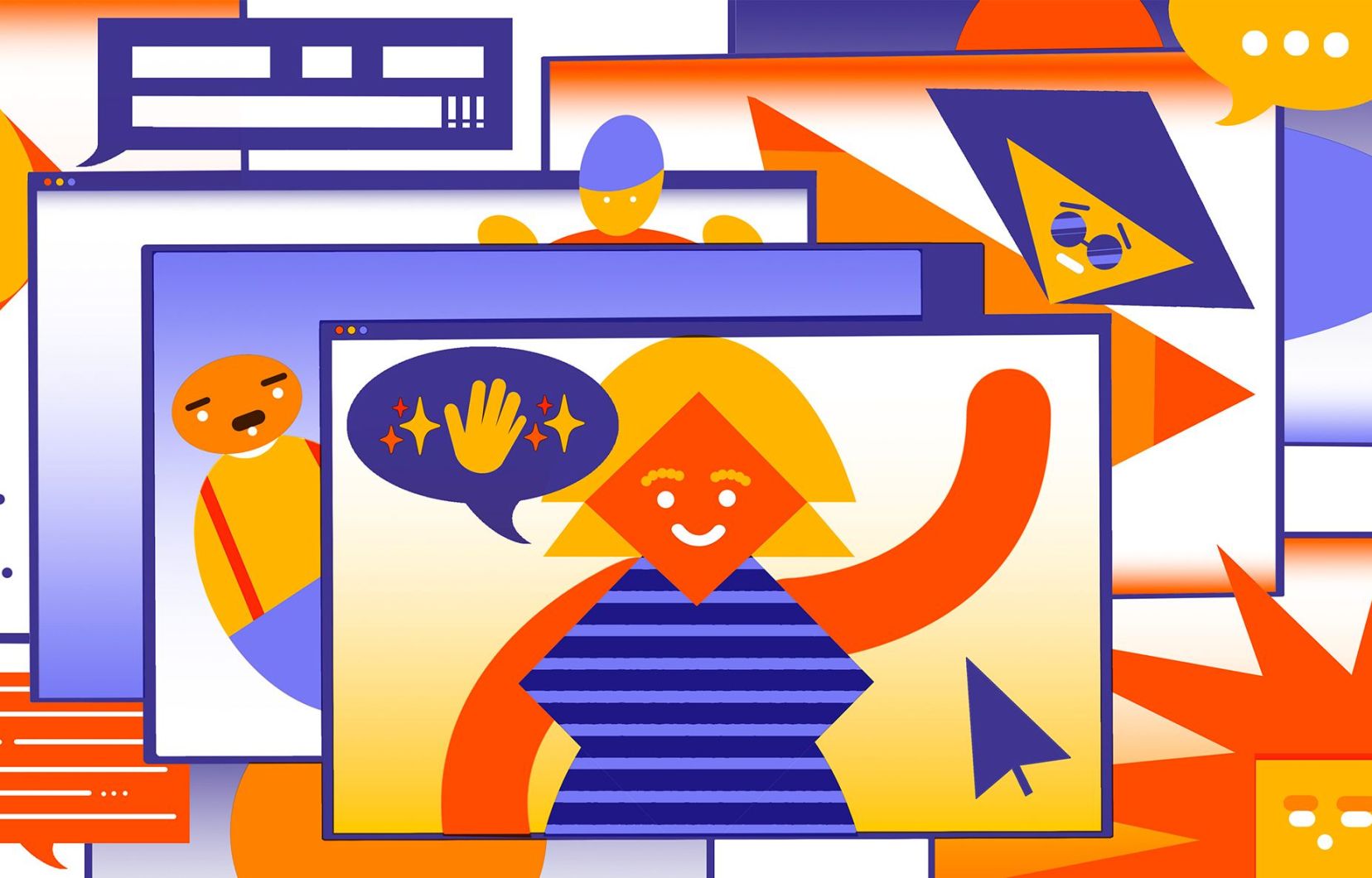Would you accept a spontaneous, unannounced Teams call from your immediate boss at work? If the idea of an unplanned virtual meeting makes you uncomfortable, you’re not alone: it’s a digital social norm, an unwritten rule that governs our online interactions. But do these rules really differ from our social habits in the real world?
“Nowadays, we can have a whole debate about what is specific to the digital world and what belongs to the physical world,” he points out. Duty Maxi Heitmayer, social psychologist and professor in the Department of Psychology and Behavioural Sciences at the London School of Economics. With his colleague Robin Schimmelpfennig, from the University of Lausanne, he published a study in spring 2023 defining what these famous digital social norms are – and above all, how they are articulated in our daily lives.
These encompass “all the norms that apply to the digital world,” Heitmayer says. These norms vary depending on the context: At work, for example, a team meeting on Zoom won’t require the same level of formality as an online meeting with the company’s CEO. Nor will a Slack conversation with a boss use the same codes (or emojis) as a text conversation with your best friend.
“Each subgroup, each subculture has its codes. […] It also varies with the level of intimacy of your relationships,” the researcher points out. One of your friends may prefer FaceTime calls, while another swears by WhatsApp texts.
And while some norms may seem universal, such as responding to an email within a reasonable time frame, there are always exceptions to what is considered “normal,” depending on the context. Much like in “real” life.
A two-lane avenue
For about twenty years, the only term that existed to define these digital norms was “netiquette,” a portmanteau of “Internet” and “etiquette.” Over time, the term “netiquette” came to define a certain code of conduct for online interactions, modeled on those in the physical world.
This idea, however, assumes that the virtual world is only a derivation of the physical world, and cannot itself be governed by its own codes or develop its own ways of doing things.
“But that’s not the case, of course,” Heitmayer argues. “Young people have been saying things like LOL, which is Internet slang, for decades now. There are ways in which we interact [dans le monde physique] which also arise from our online interactions.”
So it’s a two-way street, not a one-way street — and that’s precisely one of the reasons why the researcher prefers to put aside the term “netiquette” in favor of digital social norms, thus bringing them closer to the norms that already guide our lives in the physical world.
The influence of the pandemic
The way these norms emerge doesn’t differ so much between the physical and digital worlds, Heitmayer says. In addition to universal moral and ethical principles—respect or courtesy, for example—they often arise from a reaction to a social interaction, after which a decision is made. “For example, a company might decide not to have virtual meetings between noon and 2 p.m.,” so that employees can eat lunch, the researcher says.
In this context, what influence has the COVID-19 pandemic, and the migration to the virtual world that it has engendered, had on these unwritten rules?
A huge influence… and a small one at the same time, says Maxi Heitmayer, whose study took place during the pandemic. “It has changed the way we think about these concepts enormously. But I don’t think it has changed much in our ways of doing things.”
The pandemic and the migration to telework, among other things, have certainly had a major influence on the integration of digital tools into our daily lives. “It was a necessity” at that time, illustrates Mr. Heitmayer.
But since then, many things have returned to “normal”: people prefer to have in-person meetings over Zoom or Teams. Business travel has taken off again, even if it wasn’t necessary, thanks to video conferencing, for at least two years for a multitude of companies.
What’s really changed with the pandemic is how we think about the interaction between the digital and physical worlds, he says. “We’re thinking more about the time we take” in all our interactions, he notes. “If you live in a two-story house or condo, it’s quicker for you to text a family member than it is to walk up the stairs and talk to them directly. It’s just like it’s easier to call a friend in Australia than it is to run into a friend in your neighborhood.”
The advent of widespread telework has brought with it a host of social issues, including work-life balance and the concept of disconnection. These notions, and the pressure they place on people’s daily lives, are a question Heitmayer hopes to explore in the future.
But he believes these issues have only been brought to the forefront by the pandemic, rather than created out of whole cloth in this context. “Before the pandemic, I think we hugely underestimated how much the digital world already was very present in our lives,” he sums up.
